Get Started for FREE
Sign up with Facebook Sign up with X
I don't have a Facebook or a X account
 Your new post is loading... Your new post is loading...
 Your new post is loading... Your new post is loading...

Ross Tamburro's curator insight,
February 25, 2020 9:21 PM
This article starts by looking at intrinsic vs. extrinsic motivation and theorizing that extrinsic motivation needs targeted more in education settings. What struck me right away the assumption that "We are all motivated to grow and develop. Students are naturally curious and inclined to learn about their environment." The article then uses that assumption to springboard the rest of the argument about self-determination theory (SDT) as having a critical place in the classroom, but I really would have liked to hear a deeper dive into that assumption before it was used as such a huge foundational argument. That very well may be true based on research, but I wish it was stated if so. I do believe that theory and have seen other sources that back up the statement, but I guess I would have liked to see a little more of dive into motivation itself and how it manifests in educational environments before going into SDT.
Now, diving into SDT, the foundations seem very strong to me: autonomy, relatedness, and competence. I have personally seen these foundations work well in the higher education field when we encourage instructors to use these foundations instead of older, intrinsic models. When it comes to automony, which the article describes as giving students choices as to not only what they would like to learn, but how they would like to learn material, we do attempt to give students "plan of study" type of activities occassionally to guide their learning. Often times students will still cover all of the topics that the instructor has identified as important, but in an order and manner that lines up best with their style of learning. So, automonous learning can take on a couple different forms.
Relatedness is a fairly simple concept that makes a lot of sense on the surface. Isolation is major target here and the article states that the more that students feel like they belong in an environment, the more they will succeed. In fact, this is demonstrated with our 8295 course, where we were allowed to pick groups with topics that interested us for our client project. We were not isolated covering one topic per person, but we got together with a group that had something in common and that brought a sense of belonging that will certainly lead to better course success.
Lastly, competence is covered as a major factor of success. That is, a student believing that they have the capability to succeed. This is something that manifests itself in my day-to-day work when helping instructors think through measurable outcomes. We also occassionally set up practice activities for students to figure out where they are on a topic before it is presented in a class, and they then get resources to help them feel supported in their position. Giving them to help them reach goals - no matter what level of expertise they bring to the course or the courses individual topics - is extremely important to learning success. 
M. Sean Hickey's comment,
February 26, 2020 2:10 PM
Ross, thank you for sharing this article. I think there is a lot of value here! I think these three strategies—autonomy, relatedness, and competency—are motivating for people well beyond education. There's an argument to be made that these strategies are central to job satisfaction and retaining employees. Most adults want to exert some level of control their day-to-day work. They also feel most valued in a relatively flat organizational structure in which each individual contributor has unique skills to offer. And "lack of challenge" is often cited as a reason employees give for leaving a position. I think rolling these strategies into not just training but a more generalized HR/professional development plan, organizations can leverage employee engagement and maximize worker retention and satisfaction.
Emily Sulay Matute's curator insight,
September 22, 2019 10:50 PM
The article itself is constructed as an opinion published for the public to see. It commences with a brew of relation with the audience and a question that makes one question themselves and leaves them with the interest of wanting to know more. The article also provides some type of resources and claims from different types of schools that they have collectively gathered in order to convey their point across their platform. In this case, the authors of this publication have a purpose in publishing this, and that is to depict a general picture of the "high school experience" by informing what students should really be expecting when transitioning themselves from middle to high school. Also, the authors might have a somewhat type of knowledge in this area since they include themselves in the first sentence, regarding initial relation with the readers, "we all know that a huge gap exists between the best and worst high schools...," "we all know," are key words that references inclusion. Lastly, the author is seen as biased, since again, the whole article is shown and said to be an opinion.
|

Haylee Hutchings's curator insight,
April 17, 2019 11:25 PM
Particularly engaging for those students who are typically shy or avoid sharing ideas in front of the class.
|









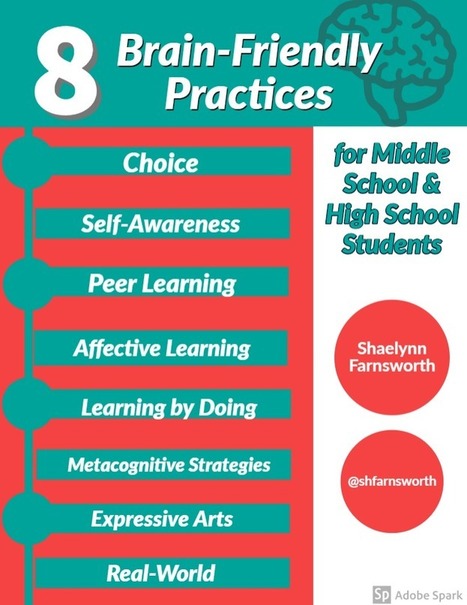




![45 Fun Brain Teasers for Kids [With Answers] via Laney Kennedy | iGeneration - 21st Century Education (Pedagogy & Digital Innovation) | Scoop.it](https://img.scoop.it/Km0s_8au7w8Sttq3HJMacTl72eJkfbmt4t8yenImKBVvK0kTmF0xjctABnaLJIm9)


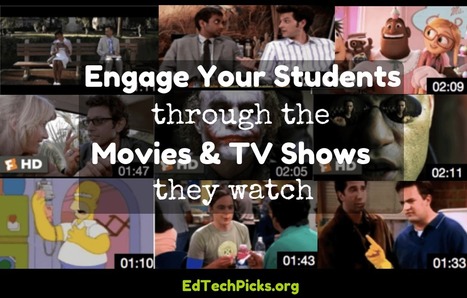
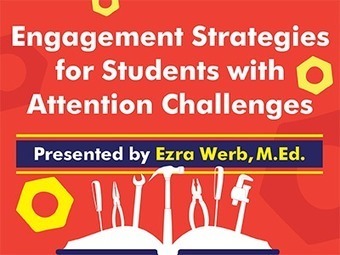







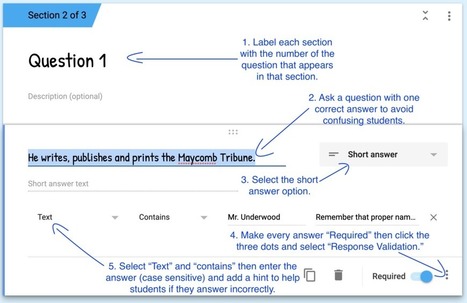
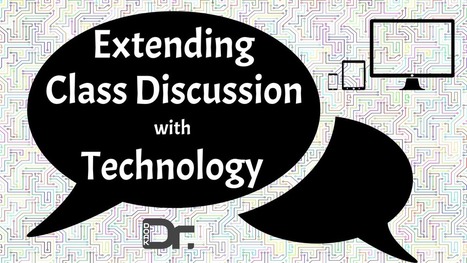






https://www.livestockanimalexchange.com/product/limousin-for-sale/